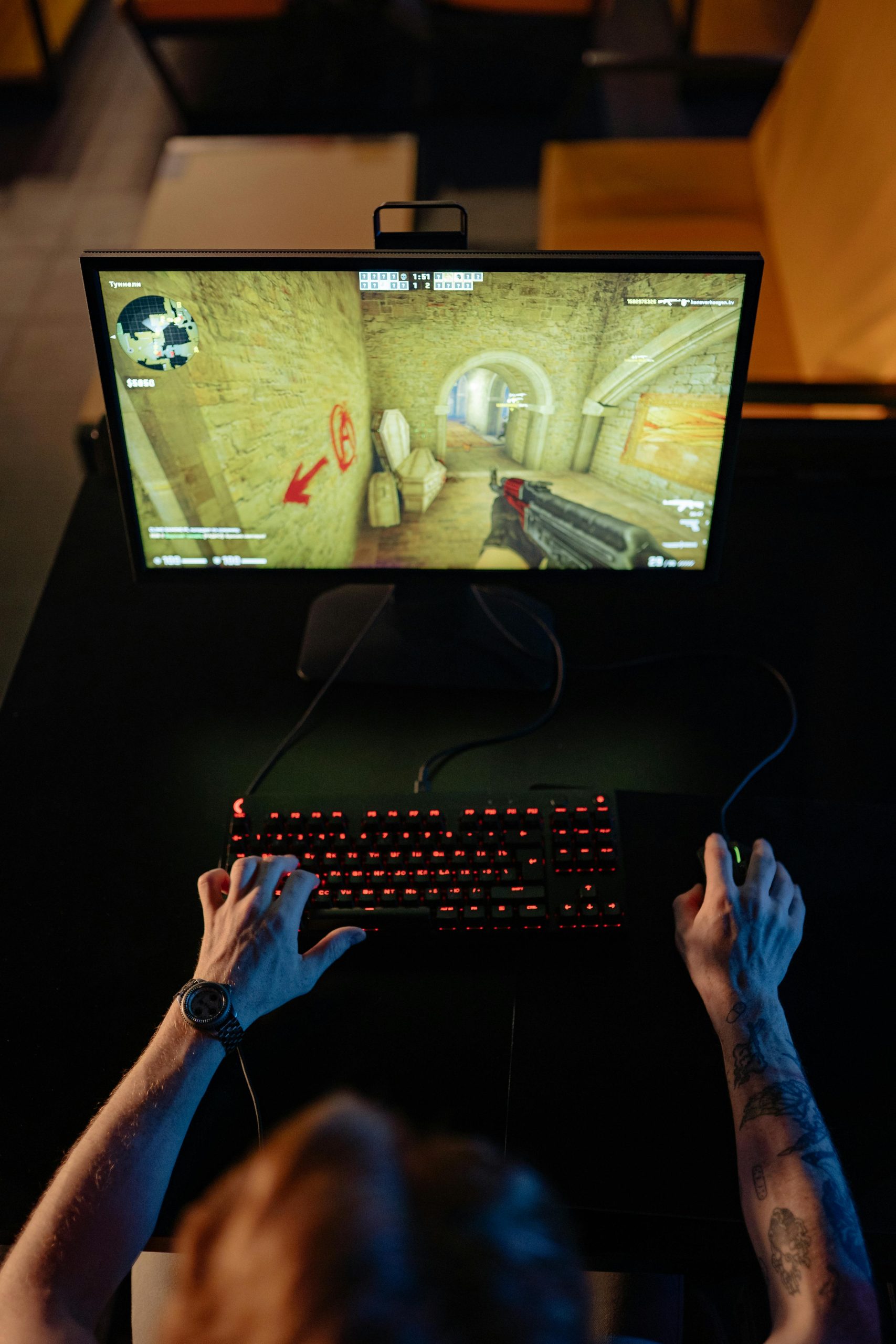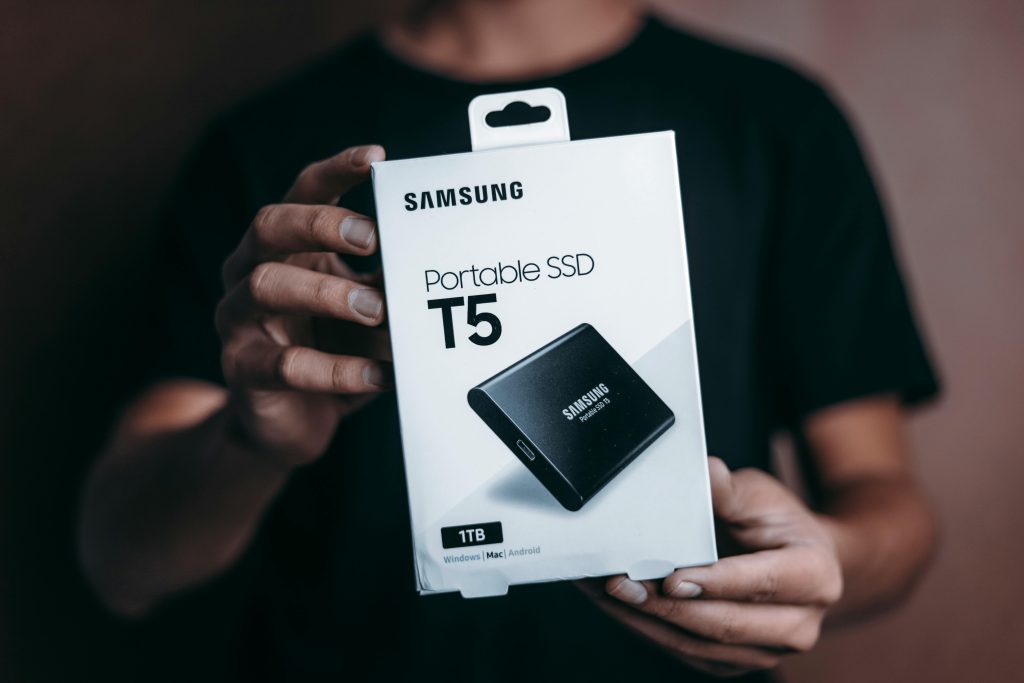Experiencing Sudden FPS Drops in Gaming? Here’s How to Troubleshoot Your PC Performance
Many gamers and PC enthusiasts encounter frustrating issues where games suddenly run at very low frame rates, even when the system specifications haven’t changed. If you’ve noticed a decline in gaming performance on your otherwise well-functioning PC, and previous solutions haven’t helped, you’re not alone. Below, we explore common causes and effective troubleshooting steps to restore optimal gaming performance.
Understanding the Issue
It’s common for users to experience a drop in FPS after certain system adjustments or hardware modifications. In some cases, users may have tried to troubleshoot overheating issues—such as undervolting the CPU via the BIOS—to improve performance and thermals. However, improper adjustments or BIOS settings can lead to unintended consequences, including unstable system behavior and degraded gaming performance.
Symptoms to Watch For
– Sudden drop in game FPS
– System running slower or stuttering during gameplay
– Temporary resolution when adjusting GPU settings via proprietary apps (e.g., NVIDIA Control Panel)
– The issue resetting after system reboots
Common Causes
-
Incorrect BIOS Settings After CPU Undervolting Attempts
Attempting to undervolt the CPU without proper knowledge can cause system instability. Misconfigured BIOS settings may impact overall performance. -
Graphics Card Configuration Problems
Sometimes, GPU performance can be affected by driver settings or hardware issues. Activating automatic performance adjustments in driver utilities can temporarily fix performance but may not be a permanent solution. -
Driver-Related Issues
Outdated or corrupted graphics drivers might cause low FPS. Driver conflicts or errors can also lead to inconsistent performance. -
Memory (RAM) Problems
Although less common, faulty RAM or incorrect settings can cause system instability that impacts gaming performance.
Troubleshooting Steps
-
Reset BIOS to Default Settings
If you recently modified BIOS settings, reset them to their defaults to eliminate misconfigurations. This can often resolve stability and performance issues. -
Update or Reinstall Graphics Drivers
- Download the latest drivers directly from NVIDIA or your GPU manufacturer.
-
Use DDU (Display Driver Uninstaller) to completely remove existing drivers before reinstalling.
-
Verify System Temperatures and Hardware Health
- Use monitoring tools like HWMonitor, MSI Afterburner, or HWInfo to check CPU and GPU temperatures.
- Ensure your CPU isn’t overheating, which can throttle
Share this content:



